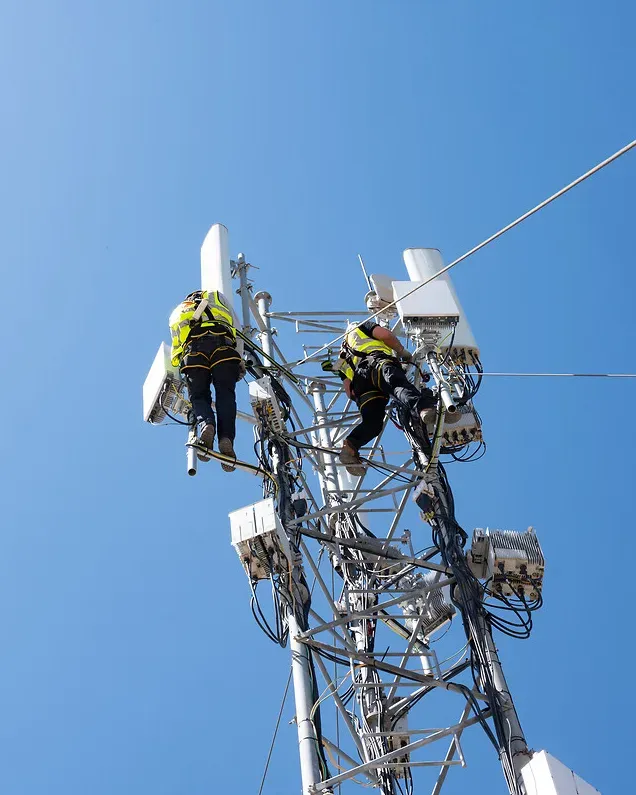Bénédicte Javelot : For a local authority, the copper shutdown signals the first step into the era of very high-speed broadband. This is because wherever the copper network is decommissioned, advanced high-speed technological solutions are available. This includes not only fiber – which now reaches 9 out of 10 households – but also satellite or very high-speed mobile broadband powered by 4G and 5G.
The transition is therefore great news for local authorities because it brings substantial benefits to their residential areas and business campuses such as faster data traffic, enhanced network resilience, and a reduced environmental footprint.
There is also a tangible improvement in connectivity because fiber outperforms copper with speeds up to 60% faster, fewer incidents, and greater resistance to weather disruptions, all while consuming four times less energy.
B.J. : The switch is a gradual project launched by Orange in 2022 and set to complete by 2030. The copper network is being phased out in annual batches, ensuring a steady and manageable transition.
Each phase involves key milestones. The first is commercial closure: at this stage, no new copper-based services will be sold. The second and most important milestone is the technical shutdown of the network. This is the critical point when all copper network services are fully deactivated. Following this shutdown, the final step involves dismantling and recycling the old copper infrastructure.
To minimize disruptions, the regulatory notice period of 36 months will be observed between the initial announcement and commercial closure, with at least 12 months between the commercial closure and the technical shutdown.
This gradual closure of copper is closely linked to the progress of fiber deployment. In areas where fiber is readily available, the copper shutdown will naturally occur sooner but in all cases the copper shutdown and fiber rollout go hand in hand.
B.J. : The key word is anticipation in terms of technical shutdown and switch to new ultra-fast solutions. The sooner users – whether individuals, professionals, companies or public institutions – migrate, the lower the risk of service interruptions.
Equally important is effective communication. The more people know about the project, the better prepared they’ll be. Information campaigns should use all available channels to reach as many residents as possible, ensuring they feel informed and involved in the migration process.
B.J. : All the major countries leading in fiber deployment are also phasing out their copper networks. This shift is driven by strategic economic, societal and environmental requirements. It’s important to note that fiber consumes four times less energy than copper while offering speeds up to 200% higher.
Countries such as Spain, Italy, Sweden, the Netherlands, the United Kingdom, and Switzerland have already begun this transition. With 90% of its premises ready for fiber connections, France is one of the frontrunners in Europe.
We are keen to share best practices with our European neighbors, especially in countries where Orange operates the copper network, such as Poland.
After the launch of three initial waves covering 3,000 towns and more than one million homes, the fourth wave, scheduled for technical closure in 2028, will include 7,000 additional towns, representing more than eight million homes.
See if your community is affected (France only) See if your community is affected (France only)



